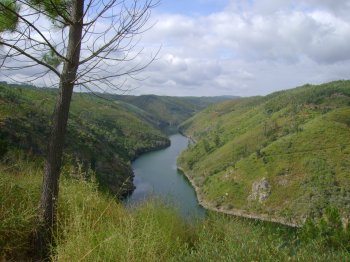Explore the best places
Discover new places in Sertã
Igreja da Misericórdia da Sertã
- heritage
Rua da Misericórdia
6100-749, Sertã
The church comprises a nave, sacristy, and outbuildings, notable for its gilded high altar, 18th-century figurative and geometric tile panels, Renaissance portico, and Gothic window. The nave's ceiling paintings are by Joaquim Silva Motta.
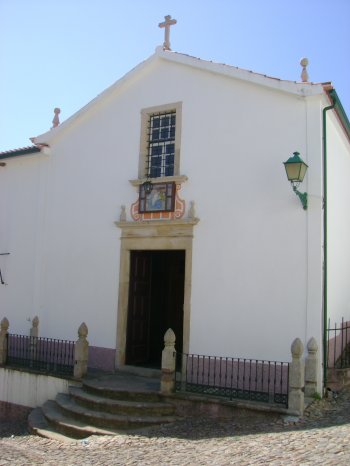
Ponte da Carvalha
- heritage
Alameda da Carvalha
6100-730, Sertã
A bridge composed of six full arches, with a watershed, a ramped deck, and a masonry parapet. This bridge provided one of the connections between Idanha and Abrantes. It is believed to have been built between the 1st and 1st centuries BC.
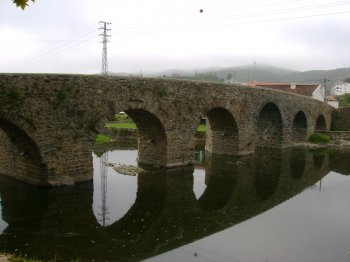
Convento de Santo António
- heritage
Rua do Convento, 12
6100-597, Sertã
In the past, this was the men's convent of the Order of Saint Francis, consisting of a nave, chancel, two-story convent outbuildings, and a cloister. Note the frescoes in the nave and chancel.
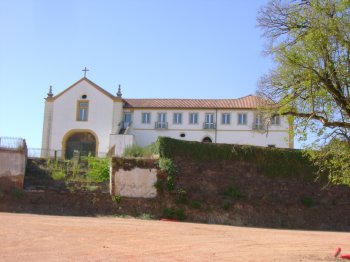
Castelo da Sertã
- heritage
Miradouro do Castelo
6100-631, Sertã
A medieval mountain castle with schist walls. Inside, it has a quadrangular tower and a single-nave church with a narrower chancel and bell tower, the Church of Saint John the Baptist. The castle was abandoned for centuries and was only rebuilt in 1998. The tower and some sections of the schist wall remain from the original monument. The founding of this fortification is attributed to Sertorius. It was rebuilt by Count Henry and, in 1174, was donated by his son to the Hospitallers.
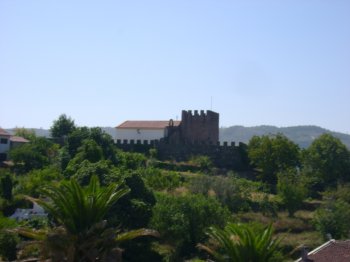
Igreja de São Pedro/Igreja Matriz da Sertã
- heritage
Rua Doutor Ângelo Henriques Vidigal
6100-758, Sertã
The church, with its early Gothic style, was later expanded with Renaissance and Baroque elements. The carved high altar, pulpit, side altars, tiles, and ceiling decorations are prominent features of the church's interior. The sacristy's highlights include the 16th-century altarpieces of Saint Peter on the throne and the Martyrdom of Saint Peter.
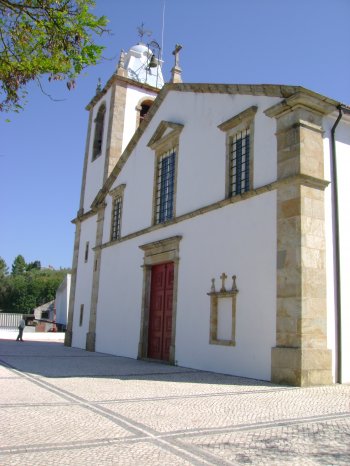
Barragem do Cabril
- beach
- country
Casal dos Bufos
6100, Sertã
A vault-type dam on the Zêzere River, with piers and moorings. It is located in a valley with steep banks, dominated by eucalyptus and maritime pine trees. Recreational activities are permitted, with restrictions.
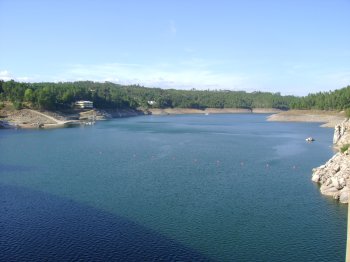
Praia Fluvial da Sertã
- beach
Praia Fluvial da Sertã
6100, Sertã
A beach located on the Ribeira da Sertã river, which divides the newer and older parts of the town. From this location, you can see part of the historic area. The riverbanks are connected by three bridges over the reservoir. Given the beach's potential, it boasts several attractions: a swimming pool, a first aid station, a picnic area, a children's playground, and a playground.
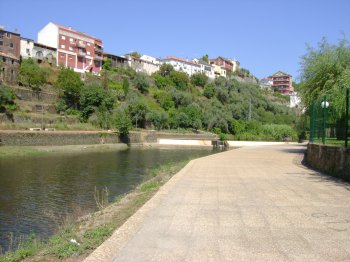
Rio Zêzere
- beach
- country
Painho
6100, Sertã
After the Mondego, this is the second-longest Portuguese river. It rises in the Serra da Estrela, at an altitude of approximately 1,900 meters, and stretches for 242 km. Its main tributaries are the Nabão and Alge rivers, as well as the Isna, Paul, Bogas, Pera, and Unhais streams. It flows into Constância. Thanks to its water potential, flow, steepness, and rocky banks, it has been used for electricity generation.
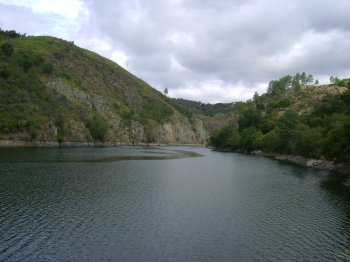
Praia Fluvial do Troviscal
- beach
Praia Fluvial do Troviscal
6100, Sertã
This beach is located in Ribeira da Sertã, more precisely, at Ponte do Troviscal. Its scenic beauty is evident. It has restrooms, tables and benches, and a barbecue grill. For children's safety, there is a shallow river area and a playground.
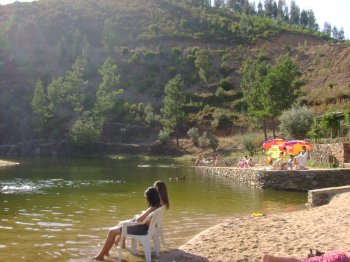
Moinho das Freiras
- country
- leisure
Pedrógão Pequeno
6100, Sertã
A leisure area of rare beauty, next to the Zêzere River, consisting of two areas: rest and leisure. One of the areas has tables and benches for picnics. The leisure area is next to a tunnel that was reportedly built simultaneously with the Cabril Dam, for the passage of machinery and trucks. It consists of benches, tables, and a communal barbecue area.
